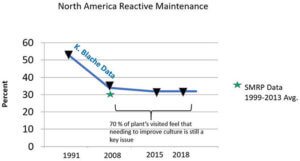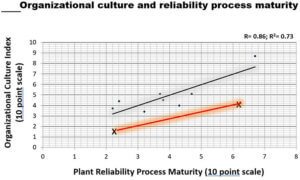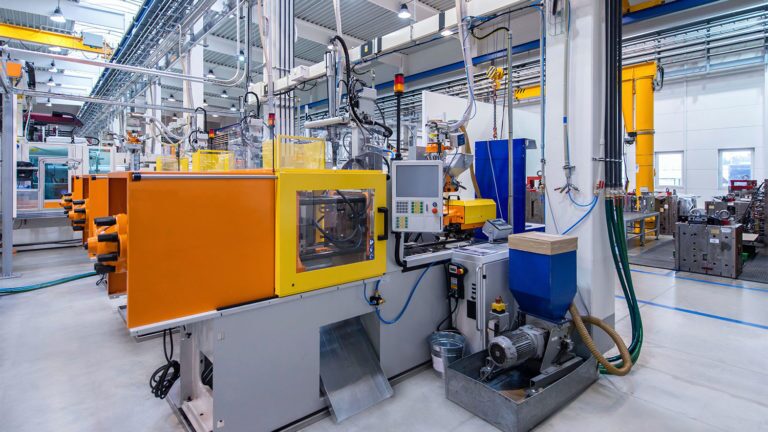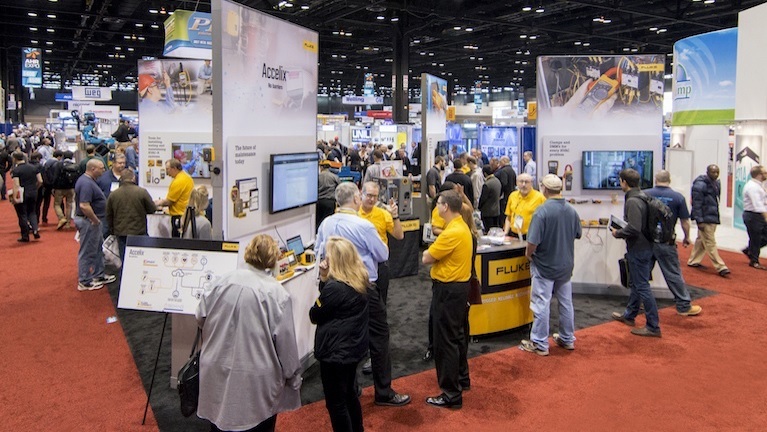Progress on your reliability maintenance goals begins – and ends – with your facility’s culture
Key takeaways from October 2019 webinar by Dr. Klaus Blache
As reliability professionals, we’re predisposed to prioritize the most critical assets. But what if someone told you that asset prioritization wasn’t the key to improving reliability maintenance?
Dr. Klaus Blache, director of the Reliability and Maintainability Center (RMC) at the University of Tennessee (Knoxville), has a mountain of research that says: If you want make progress on reliability and predictive technology applications, you must first address the plant culture.
In his October 2019 webinar with Fluke Accelix, Blache describes a common quandary faced by manufacturing facilities: Try as they may to move beyond reactive or run-to-fail maintenance, the operations team keeps getting pulled back into emergency mode.
Experts have many theories about why reactive maintenance is so compelling, from the psychological (it feels good to save the day) to the managerial (short-term vs. long-term thinking). In his webinar, Blache describes over a dozen different behavioral issues that perpetuate the reactive maintenance cycle.
People are dissatisfied by reactive practices, but they continue
Reactive maintenance is by no means a new problem and reliability engineers have been taking aim at it since the early 1990s (and earlier, in some segments). But starting with the Great Recession in 2008, when staff grew lean, efficiency took on a whole new urgency. Few people today can dispute the efficiency gains of reliability maintenance, or that predictive maintenance (PdM) is the logical antidote to reactive maintenance.
In fact, Blache has empirical evidence that people are dissatisfied by reactive practices.
So why, if most people know that reactive maintenance is ineffective, does it still account for 38% of maintenance being done (see Figure 1)? Blache thinks teams don’t know how.
“They know where they should be, but they’re struggling to get there within their business processes,” he said.
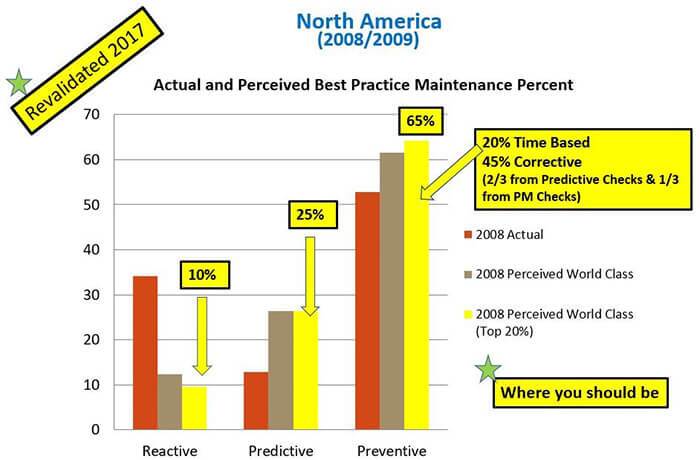
Figure 1: Since the first study of actual and perceived best maintenance practices in 1991, this research has been repeated twice, in 2008 and 2017.
Blache’s data verifies that the maintenance professionals consider a mix of 65% preventive, 25% predictive, and 10% reactive maintenance to be ideal, and that North America is not meeting its own targets.
“Half your resources should be spent on finding issues via predictive maintenance and fixing them, via preventive or corrective maintenance,” Blache continued. “That’s how you get better.”
Figure 2: Data from more than 3,000 facilities shows that little progress has been made since 2008
Yet, when Blache plots the percent of reactive maintenance over time, companies seem to have made little progress since 2008. While improvement has been made since the recession, industries today face a skills shortage, pushing leaders to collaborate with colleges and universities to bring in fresh talent.
Also, executives are far more supportive of reliability thinking than they were pre-recession. Maintenance management systems have improved significantly, work can now be assigned and tracked digitally, and asset health records should be much more up to date. And what about all of the new reliability technology that’s come out in the last 10 years?
The short answer is that we’re not as far along as we’d like to think we are and Blache believes it’s because of the people factor. He uses a detailed survey across hundreds of plants to assemble what he calls an organizational culture index. The “culture index” shows that the more cohesive and grounded a plant’s culture is, the further along the company is in accomplishing reliability maintenance.
Figure 3 maps culture against reliability process maturity (e.g., the degree of reactive maintenance) and the resulting correlation is strong.
This may raise questions about what cultural aspects impede reliability maintenance. Part of it is perspective and mindset, not just machines and metrics.
“You’re much more likely to be successful if you focus not just on asset performance but on also on asset health—that’s the engagement and people side of the business,” Blache stated. “If you want to change deeply embedded behaviors, the management team needs to walk their talk.”
Managers should:
- Understand the goal of asset health, with real conviction
- Institute processes and supply resources necessary for asset health practices
- Help the team build skills and confidence
- Be a role model
An environment that supports best practices and fosters understanding will build team confidence and change mindsets, Blache says.
More complete explanations are available in Blache’s webinar and in his book, The Relativity of Continuous Improvement. The 2019-2020 benchmarking study is underway right now at UT-RMC—to participate, reach out to Blache at [email protected].

